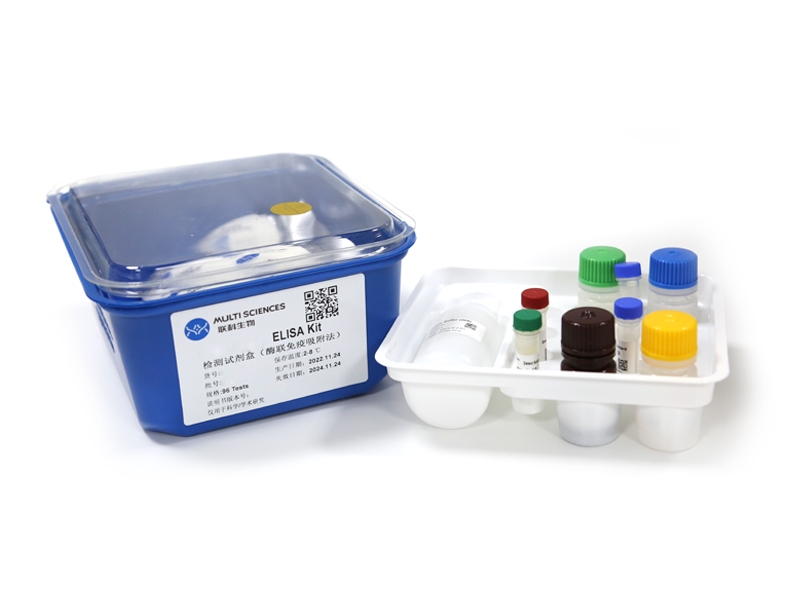Bone trauma healing is a complex physiological process, which may involve the function of various inflammatory cytokines. Our study aimed to explore the roles of inflammatory cytokines in bone trauma healing and reveal the potential mechanism. Concentrations of interleukin (IL)-6, IL-1β and tumor necrosis factor alpha (TNF-α) in peripheral blood serum of bone trauma patients after surgery were determined by ELISA. The human osteoblast hFOB1.19 cell line was cultured to determine the effect of these cytokines in cell viability using MTT assay. In addition, luciferase reporter assay was performed to investigate the activator protein 1 (AP1) transcriptional activity, and small interfering RNA was transfected to inhibit FOS, a component of AP1 molecule. IL-6, IL-1β and TNF-α exhibited higher level in patients with more severe bone traumas after surgery. IL-1β and TNF-α, but not IL-6, induced a significant increase of hFOB1.19 viability after three days of treatment (P < 0.05). IL-1β and TNF-α could activate AP1 transcriptional activity in hFOB1.19 cells (P < 0.001), but the activation was inhibited when cells were pretreated with inhibitor of JNKs, SP600125 (P < 0.001). Besides, the effect of IL-1β and TNF-α on promoting viability was significantly inhibited after knockdown of FOS. These findings indicated that IL-1β and TNF-α played an important role in promoting osteoblast viability via the activation of AP1 transcriptional activity, which was likely to involve the JNK/MAPK signaling pathway. Modulating inflammatory cytokines is a potential strategy for improving the outcome of bone trauma healing.
文章引用产品
-
-
- EK182
- ELISA试剂盒
Human TNF-a ELISA Kit检测试剂盒(酶联免疫吸附法)
-
¥1,600.00 – ¥10,800.00
-
- EK182
- ELISA试剂盒
Human TNF-a ELISA Kit检测试剂盒(酶联免疫吸附法)
- ¥1,600.00 – ¥10,800.00



